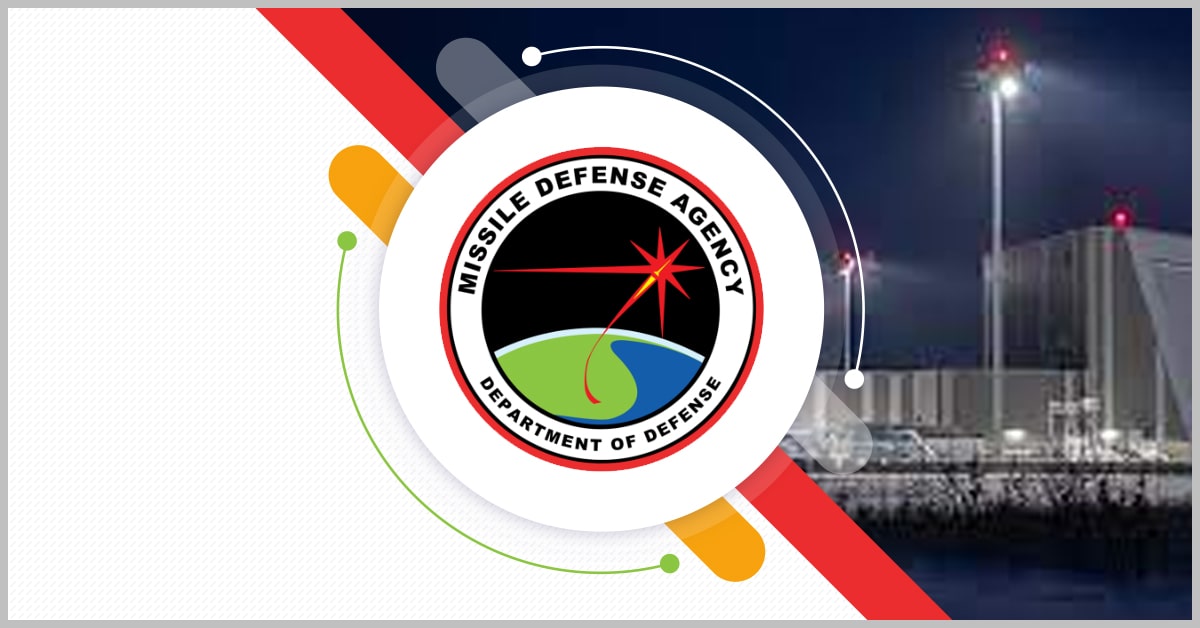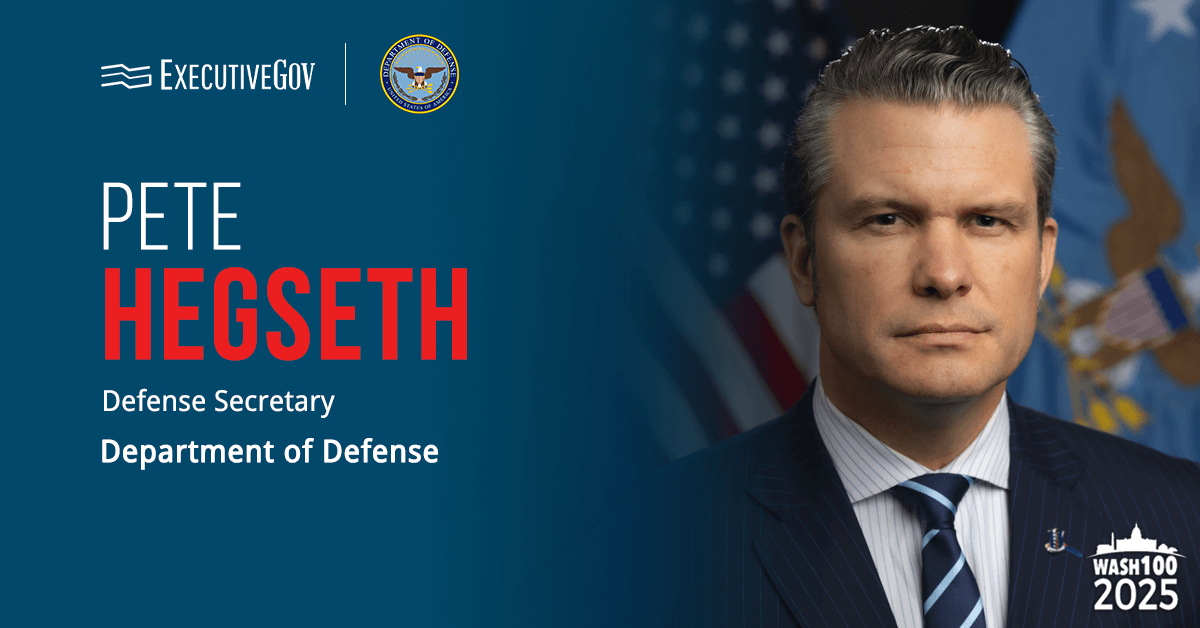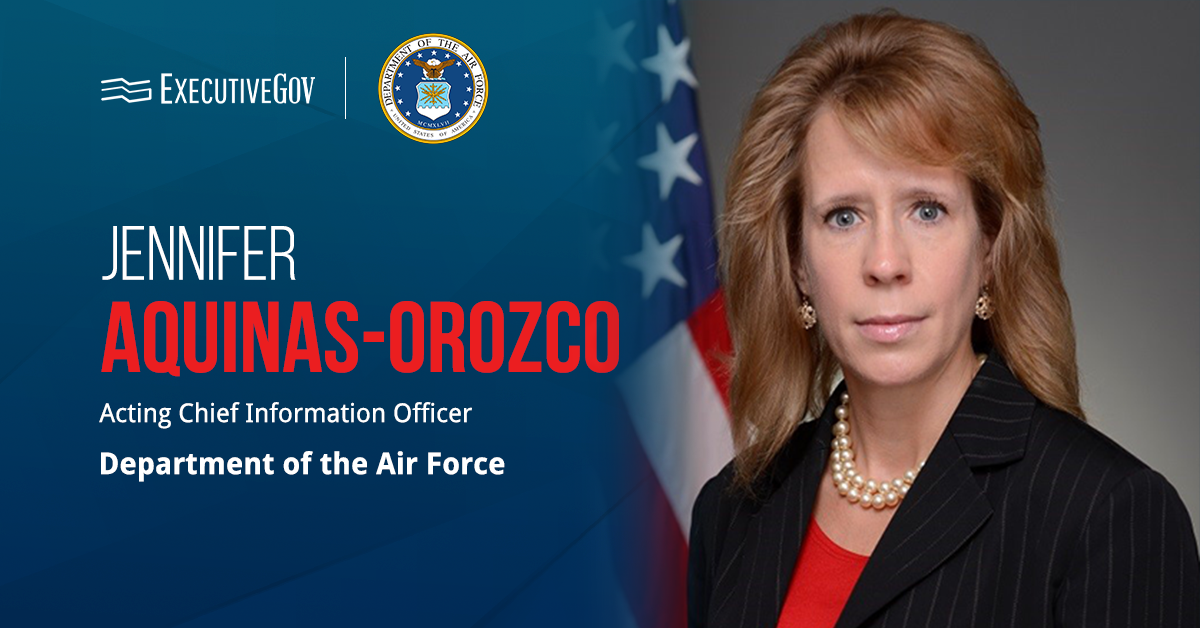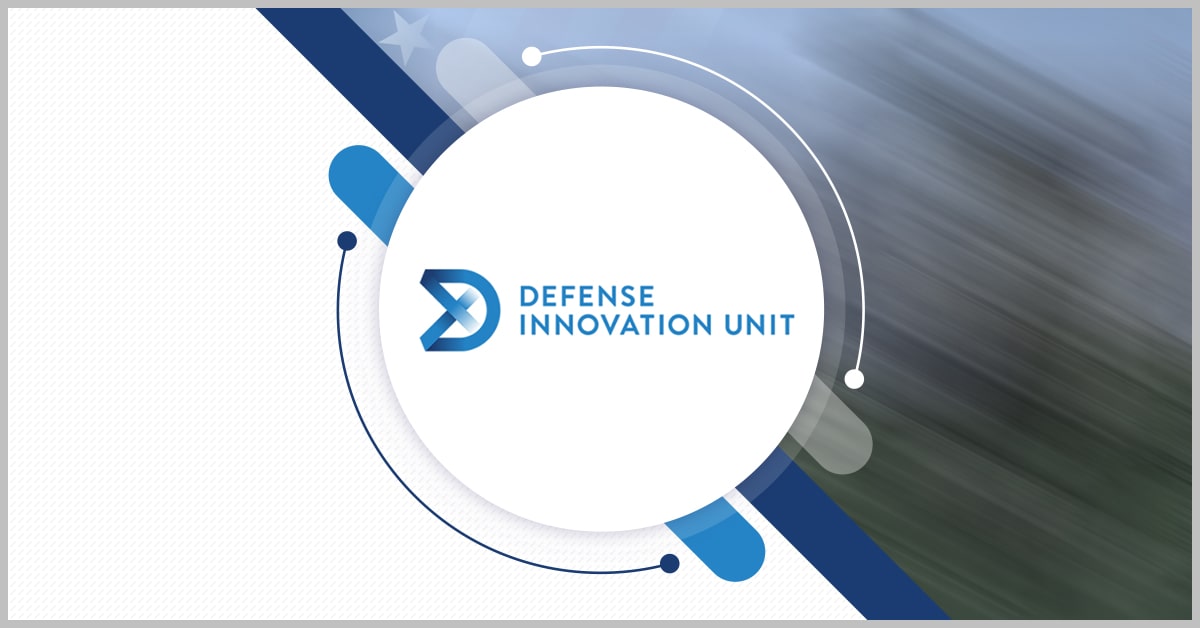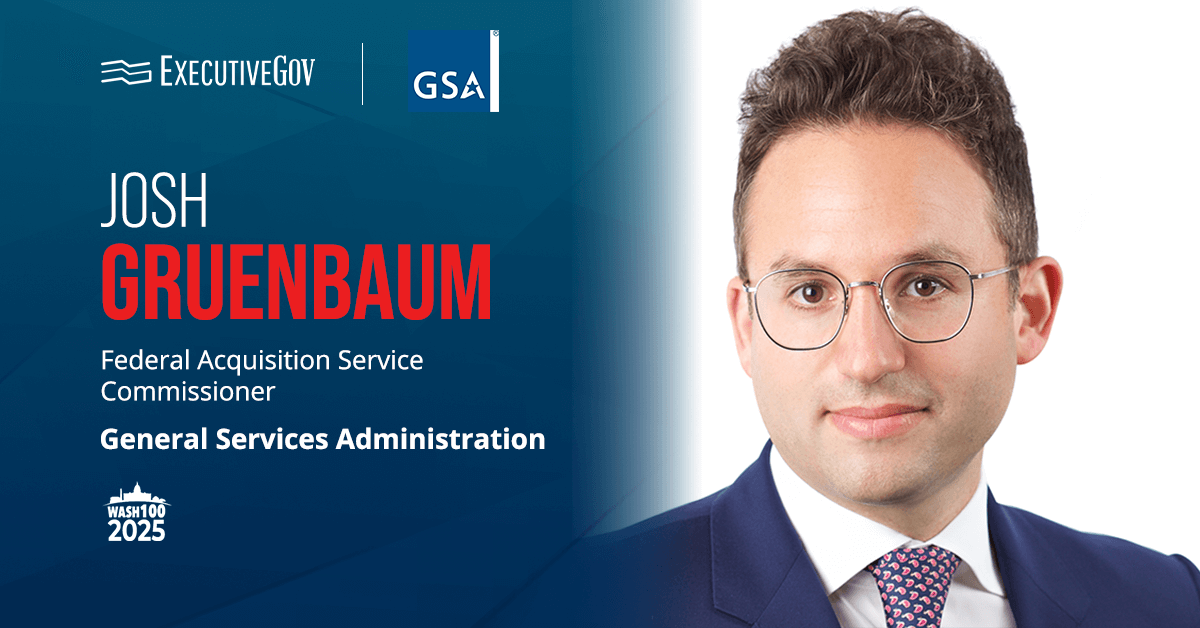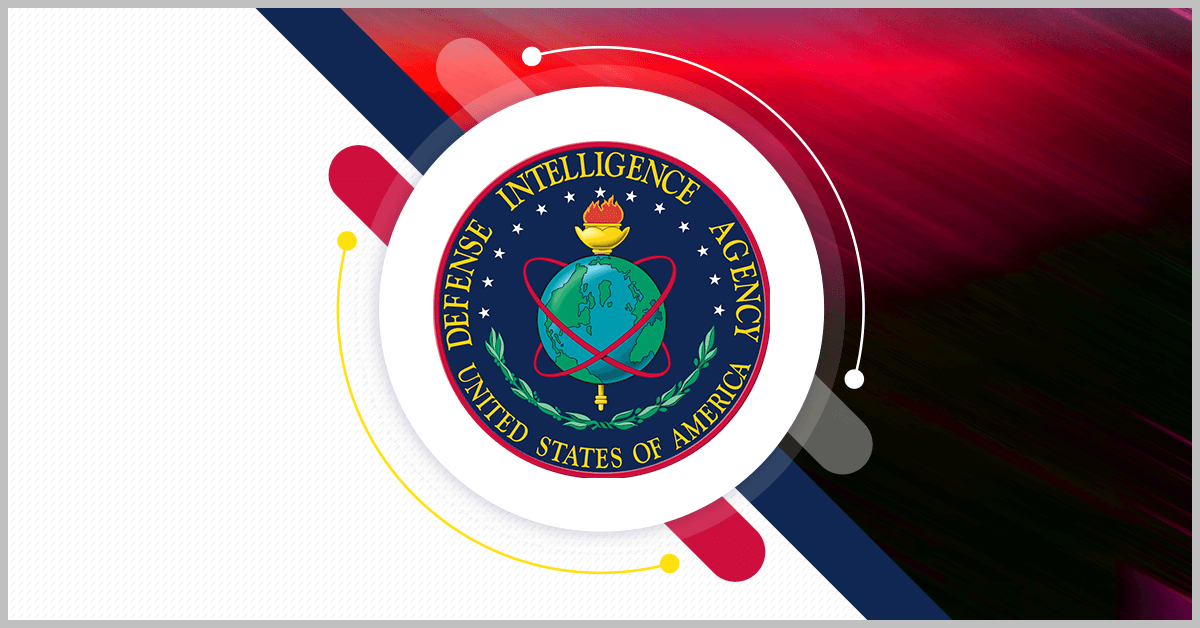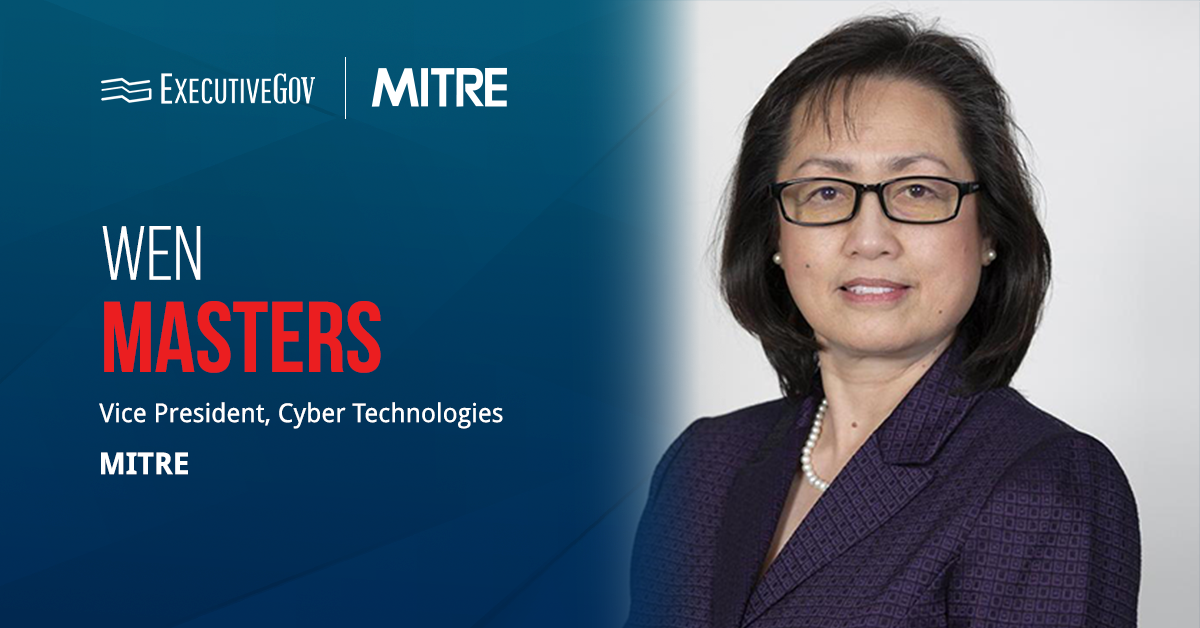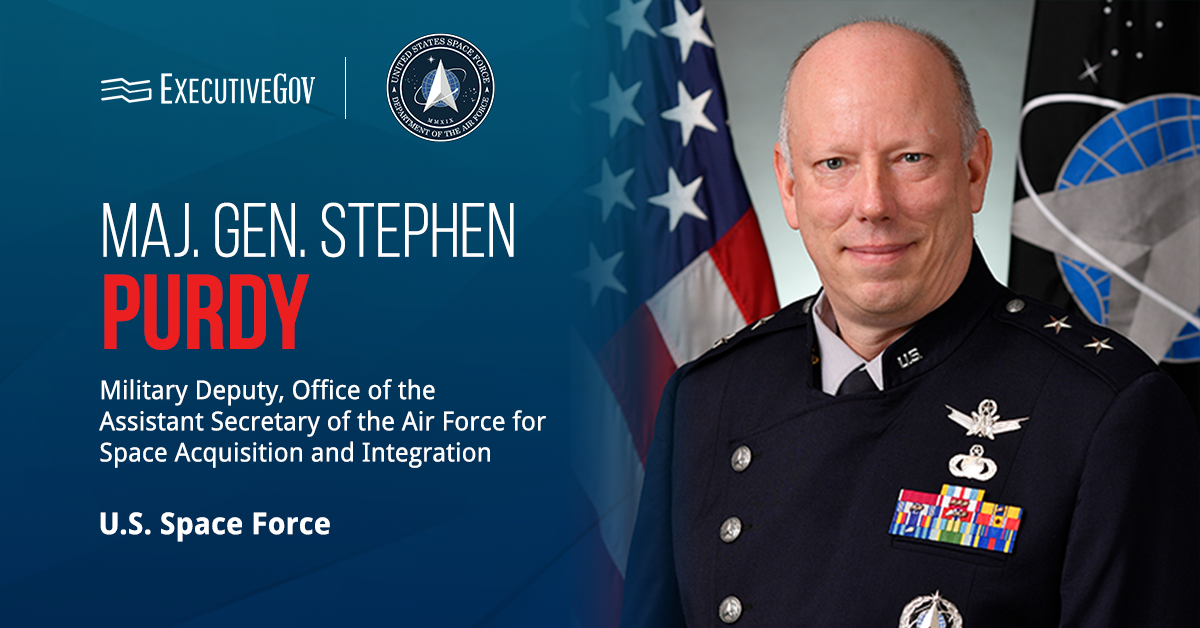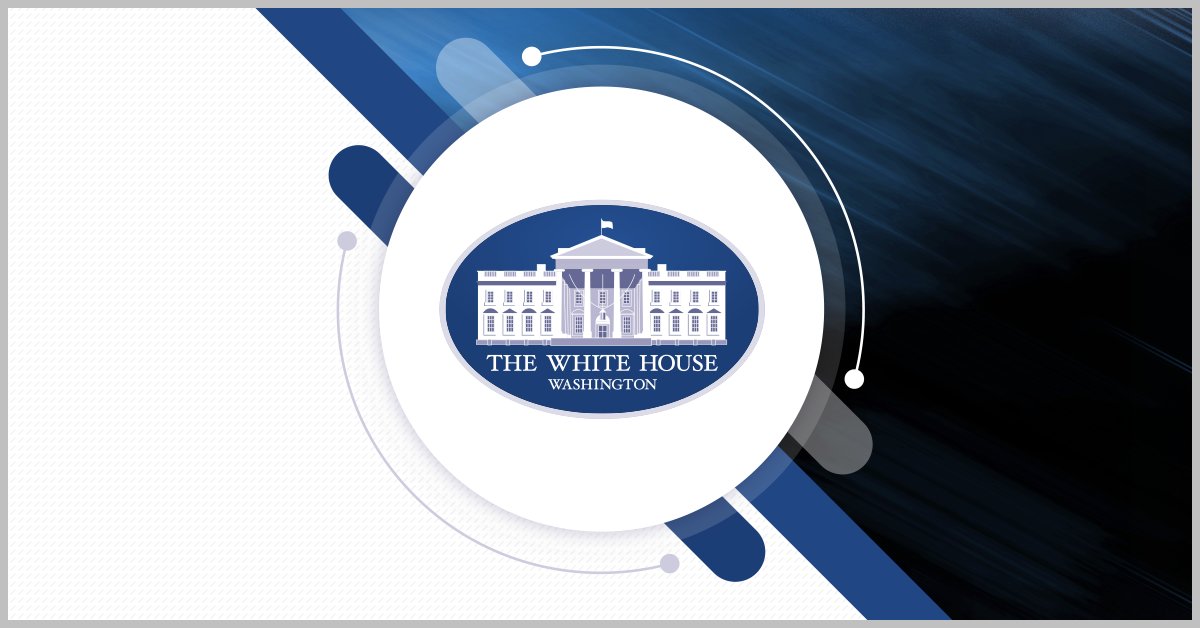The University of Rochester Laboratory for Laser Energetics, or LLE, has secured a modification to a previously awarded Missile Defense Agency contract, increasing its value to $49.9 million and performance period along with adding two six-month extension options. The modification extends the contract’s work period to May 30, 2028, with the lab performing tasks in its Rochester home base in New York, according to a Department of Defense announcement Thursday.
The modified contract will enable LLE to further conduct tests and data collection to verify the lethality and use of pulsed laser technology against various threats across land, sea, air and space that the DOD community needs to address.
MDA Contract Details
The contract modification will obligate $9.7 million from MDA’s fiscal year 2024 research, development, test and evaluation budget, with additional Congressional Plus Up funding. A further allocation of $2.3 million from FY 2025 Congressional Plus Up will be obligated this June.
The lab’s initial contract, valued an estimated $14.9 million for a three-year work performance, was awarded in May 2023 in a noncompetitive contracting activity of MDA’s Redstone Arsenal in Alabama. According to an LLE statement following the contract award, the effort will not only advance the lab’s scientific goal, but will also support the development of technology and talent for the expanded use of laser-based, directed-energy systems.
Earlier, the U.S. House and Senate also awarded LLE $80 million in total funding under the FY 2019 Energy and Water bill for the implementation of the lab’s five-year collaboration with the Department of Energy on extending support to the laser technology industry.


